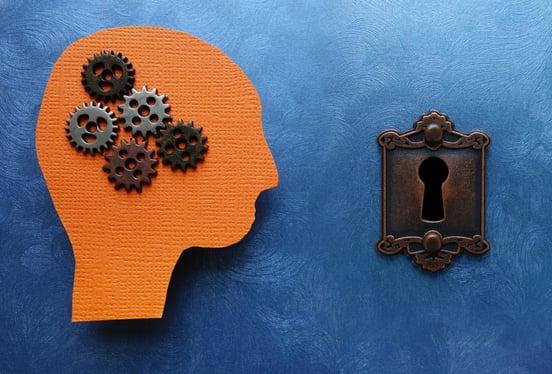
Fun Math Warm-Ups: Quick Activities to Start Any Lesson
Creating an environment where students can actively engage in fun, hands-on math activities makes a huge difference in...
Admin | Published September 17, 2020
In the late 1960s, the pioneering children’s psychiatrist James Comer had a theory: Children’s academic success correlates with how comfortable they feel in both their school and home environments. The safer a child feels sharing their ideas, expressing their feelings, and forming relationships, the better they will perform academically. With this theory in mind, Comer turned his attention to two of the most underperforming elementary schools in Connecticut. Here, he instituted a program that would foster children’s emotional, cognitive, and interpersonal development. He implemented a fresh academic curriculum, introduced new social programs, and brought in parents from the community as well as a mental health worker.
These new initiatives helped transform the schools, which by the early 1980s boasted an above-average academic record, low truancy, and upstanding moral behavior. Comer had sown the seeds of Social Emotional Learning (SEL), a philosophy of learning that applies a holistic approach to education and identifies three components that constitute personhood: social, emotional, and intellectual abilities. According to SEL, when teachers and parents focus on developing these three faculties, the outcome is a well-educated, well-adjusted, and empathetic adult who uses their knowledge to improve themselves and their community.
Comer may have founded the SEL movement in America, but the idea of shaping the entire person through education, and not solely the student’s mind, originated with Plato in Ancient Greece. Plato divided knowledge into three categories: knowledge of one’s own job, self-knowledge, and knowledge of the Idea of the Good. We won’t unpack each of Plato’s categories here, but the tight correlation between these forms of ancient knowledge and the learning objectives of today’s SEL classroom is readily apparent. Knowledge of one’s job corresponds to understanding of subject matter (math, science, history, the arts, etc.), self-knowledge to students’ understanding of their own emotional reactions and thought patterns, and knowledge of the Idea of the Good to valuing others and the flourishing of society.
SEL focuses on five key areas of development that we will discuss in detail below:
As a child develops self-awareness during their SEL education, they become attuned to their own thoughts and feelings. Self-awareness allows them to understand the relationship between their internal life and their behavior. They should, for example, learn how to recognize anger and the object of this emotion. Or, if they are naturally inclined toward particular subjects in school, they can identify their propensities and develop their passion and skills. Conversely, they can reflect on why they are disinclined toward other subjects without neglecting those subjects.
2. Self-Management
This aspect of SEL can be understood in two ways: short-term self-management and long-term self-management. The former refers to a student’s ability to control themselves in various situations, while the latter indicates a child’s ability to set multi-step goals and achieve them. Short-term management helps a student to have a constructive argument—to disagree without losing their temper or disrespecting their interlocutor. Long-term self-management helps them have successful and fulfilling careers, healthy relationships, stable finances, and more.
3. Social Awareness
This component focuses on students developing empathy. In addition to helping children interact compassionately with each other, this trait helps them to honor different cultures and the people shaped by them. Social awareness helps students accept that people around the world have different beliefs and experiences. It also helps them understand that this plurality can exist locally—that the daily life of a classmate who lives in another neighborhood may look very different from their own. A world shepherded by empathetic citizens is no doubt a better world indeed.
SEL helps students develop robust interpersonal skills. These skills enable them to develop relationships within and outside their communities. The SEL approach is especially concerned with equipping them with the social skills they need to form bonds with people from different ethnic, economic, religious, or political backgrounds. These relationships should be built on mutual respect. The empathy students acquire as they develop social awareness will go a long way in helping them build these relationships.
Ultimately, the aim of SEL is to prepare students to make responsible decisions in their personal and professional lives. A model of education that focuses solely on intellectual formation cannot produce a responsible decision-maker. Sure, it may produce an individual capable of rehearsing information, but can they apply it to solve major issues? Will they know how to treat someone—a friend, family member, significant other—who just had a traumatic experience? Will they be kind to their peers, strangers, and even their enemies? Will they know how to approach complex decisions that include both analysis of objective data and more subjective considerations, like fairness and choosing the best option of many? Wouldn’t we all prefer an approach to education that’s intended to shape a generation of intelligent, compassionate, and well-adjusted adults? I think we all know the answer to that question.

Creating an environment where students can actively engage in fun, hands-on math activities makes a huge difference in...

Thinking like a scientist is a central goal of all science curricula.
As students learn facts, methodologies, and...

Welcome to a world where curiosity meets discovery, and little hands engage in the joy of learning through play.